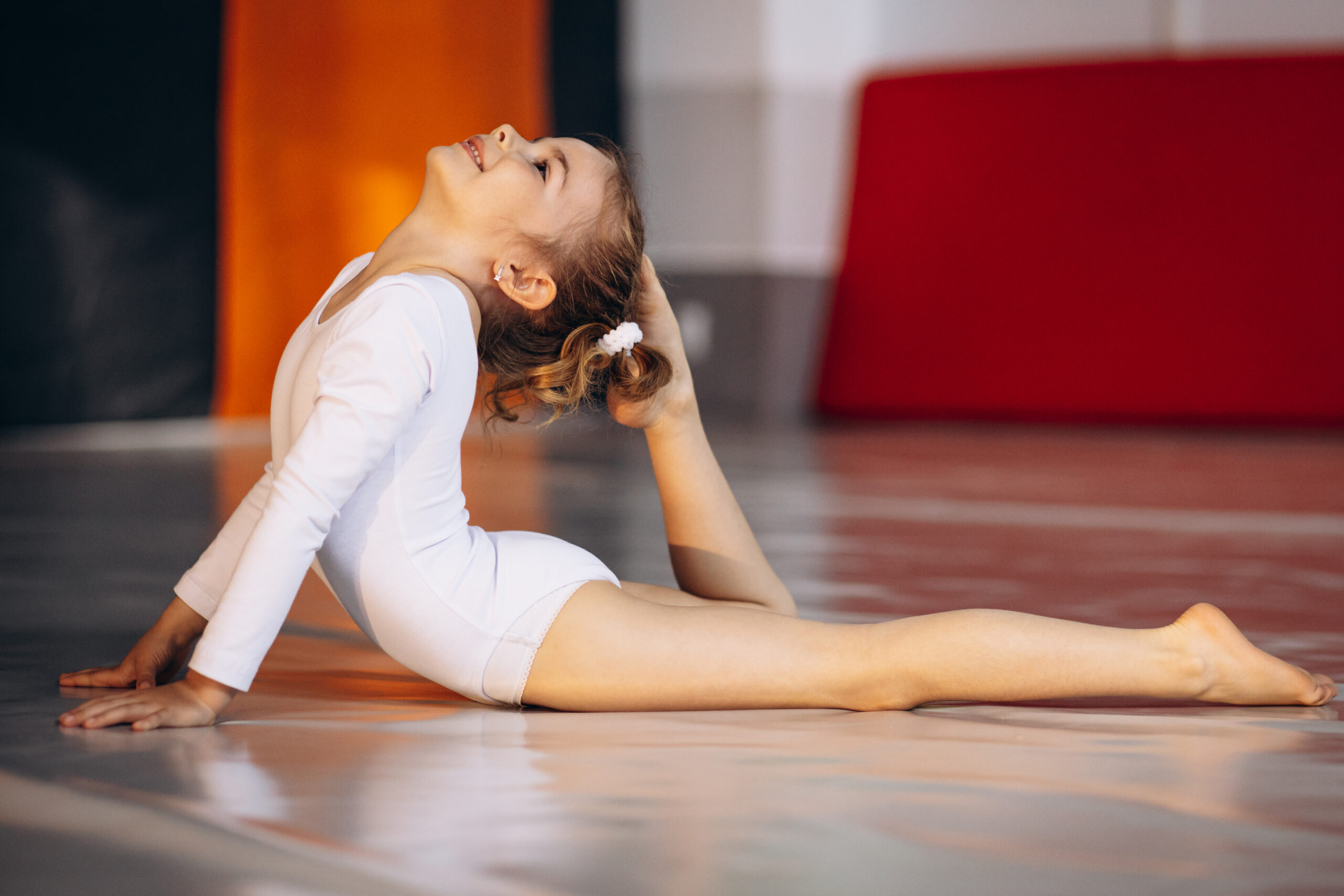Does your teen want to start resistance training at the gym but they’re unsure of technique and safety? Are they looking for a competitive edge in their sport and a way to protect against injuries?
Accredited Exercise Physiologist’s are university trained experts in prescribing exercise to young people. With the beginning of our new Teen Fit classes, our Exercise Physiologist Jeremy writes about what to consider when starting resistance training.
It is estimated that around 50% of injuries in young people are preventable, and the biggest contributor to risk reduction is regular resistance training. Resistance training is an essential type of training that is recommended by the American College of Sports Medicine 2-3 times per week to maintain physical fitness, function, health and to most importantly mitigate the risk of injuries and chronic disease.
How young is too young to start resistance training?
Research suggests young people need to be doing 60 minutes of challenging exercise per day. Once upon a time outdoor play and imagination may once have been enough to meet this need, however today’s kids lead more sedentary lives and live in less active environments.
Alarmingly, data over the last decade shows 75% of Australians are not meeting current exercise guidelines, with 94% not participating in any muscle strengthening activity and 81% not meeting guidelines of twice weekly. The statistics are even more concerning for our kids:
- Ages 2-5: 83% were not meeting guidelines
- Ages 5-12: 88% were not meeting guidelines
- Ages 13-14: 96% were not meeting guidelines
- Ages 15-17: 73% were not meeting guidelines, and over 78% were not completing recommended muscle strengthening activity.
When can young people start resistance training?
Research shows when kids incorporate resistance training and other neuromuscular training alongside their usual sport or recreational activity, their potential outcomes are much greater and maintained for longer into adulthood. The earlier they start, the greater their level of proficiency, so long as progression is gradual and controlled technique is a focus.
The Australian College of Sports Medicine mentions the following guidelines for relevant age groups:
- 6-9 years of age: modification of body weight exercises and light resistance (eg. Resistance bands) for higher repetitions of 15+.
- 9-12 years of age: use loads that can be lifted for 10-15 repetitions at around 60% of maximal capacity. Predominantly free weights and simple machines of an appropriate size for child.
- 12-15 years of age: use loads that can be lifted for 8-15 repetitions at around 70% maximal capacity. Professional advice sought for complex movements such as squats and deadlifts.
- 15-18 year of age: use loads that can be lifted for 6-15 repetitions at around 80% maximal capacity. Progressively moving towards an advanced adult program guided by a professional involving complex multi-joint movements, sound technique and sensible progression.
Getting started with resistance training
Professional help is available! Get started with an initial assessment from on of our Accredited Exercise Physiologists today. Ask about our twice weekly Teen Fit classes, they are the perfect way to build youth training fundamentals with expert supervision.


